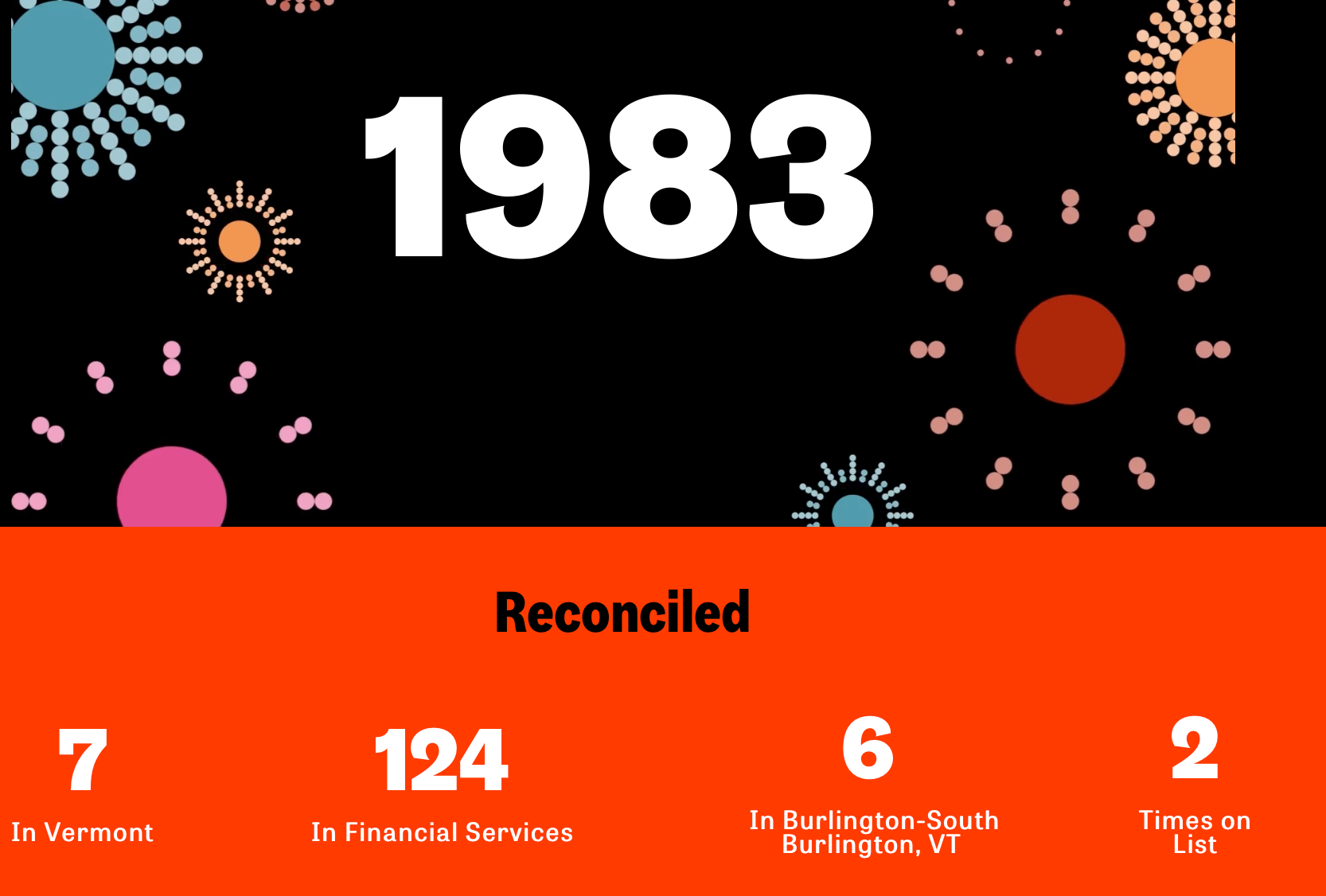Cash is a vital resource that can make or break your business.
A US Bank study found that 82% of small businesses fail because of poor cash management. Your business’s cash situation will determine if you can afford to expand globally. Or, it can tell if you can even afford to pay next month’s bills. Paying attention to your business’s cash flow and using it as a decision-making tool is critical for the long-term viability of your business. So, check out the following for your crash course in cash flow forecasting.
What is cash flow forecasting?
If you’ve ever dreamed of being able to see your business’s future, cash flow forecasting is what you need. A cash flow forecast maps out when, and how much money will come into and leave your business. It shows this over the following days, weeks, months, and years.
With this information at hand, you can prepare your business for times when cash is running low. Or alternatively, when there is extra cash on hand that can be reinvested into the business.
Does my business need a cash flow forecast?
The simple answer is yes. A cash flow forecast is an indispensable tool that can be used to monitor the health of your business and anticipate future changes in your cash position. Without cash flow forecasting, your business is essentially running blind. Furthermore, an accurate forecast will allow you to predict how a certain scenario, such as hiring an additional employee or facing a decrease in sales, will affect your business’s cash flow.
You can also share your cash flow forecast with potential investors or when meeting with the board. It helps you demonstrate the healthy flow of cash through your business. In conjunction with your P&L budget and Balance Sheet, you can use your cash flow forecast to make a 3-way budget. This can inform and guide your business’s strategy over the next financial period.
How do I make a cash flow forecast?
Using a spreadsheet (Excel, Numbers, Google Sheets, etc.), it is easy and straightforward to create a basic cash flow forecast for your business. You can do a quick Google search to find and download a template online. Xero users can follow this easy guide to import their Cash Summary straight into a spreadsheet and use it to make a forecast.
If you choose to make your own spreadsheet, follow these steps to get started:
- Put the months of the year along the top row of your spreadsheet.
- Insert the basic cash flow sections down the rows on the left.
Start your cash flow forecast by including Starting Bank Balance , Cash In , Cash Out , Net Cash Movement , and End Bank Balance .
- Add specific payment categories to Cash In and Cash Out.
- Add all the income your business collects from sales, bank interest, loan payouts, and any other sources into Cash In.
- Insert all the bills your business will pay into Cash Out.
- Bills usually include the following. For a complete list of these payments, look at your books or accounting software.
- rent
- repairs & maintenance
- internet
- phone
- postage
- motor vehicle expenses
- subscriptions
- advertising & marketing
- salaries
- bank fees
- travel
- taxes
- any additional business costs.
- Bills usually include the following. For a complete list of these payments, look at your books or accounting software.
- Finally, enter your numbers into these categories.
Calculate your Net Cash Movement and Ending Bank Balance.
Net cash movement is the difference between Cash In and Cash Out. It shows the change in how much cash your business has on hand. Add or subtract this amount from your starting bank balance to calculate your ending bank balance.
Review your forecast regularly.
While it’s relatively simple to create your own cash flow forecast, the hard work comes with making sure your numbers are regularly updated. If you neglect your forecast, you will be unable to predict the amount of cash your business will have in the bank. As a result, you won’t be able to anticipate future cash problems. Also, you won’t be able to prepare your business to handle them.
Bulletproof your cash flow forecast.
Keeping your forecast updated with actuals is a risky business. Also, it can require a lot of effort. To make sure your cash flow forecast is as effective as possible, read up on these simple tips. They include being realistic about when you will get paid, incorporating others’ input in your forecast, and analyzing how budgets compare with actuals.
Browse add-ons for your accounting software.
If you get tired of spending hours forecasting manually in a spreadsheet, consider an app add-on. The add-ons available from the QuickBooks App Store or Xero marketplace can integrate with your accounting software for a low monthly fee. Also, they take the pain out of managing your cash by automating certain processes. Float is an app that creates a forecast using your figures from QuickBooks Online or Xero and keeps it updated in real-time.
Other add-ons that make managing your cash flow easier include Chaser. It automates the task of chasing clients to pay their invoices, and Dext , which simplifies the process of filing staff expense claims.
This is a guest blog by Float, for more information visit floatapp.com .
The post Your Crash Course Guide to Cash Flow Forecasting appeared first on Reconciled.
Recent Posts







